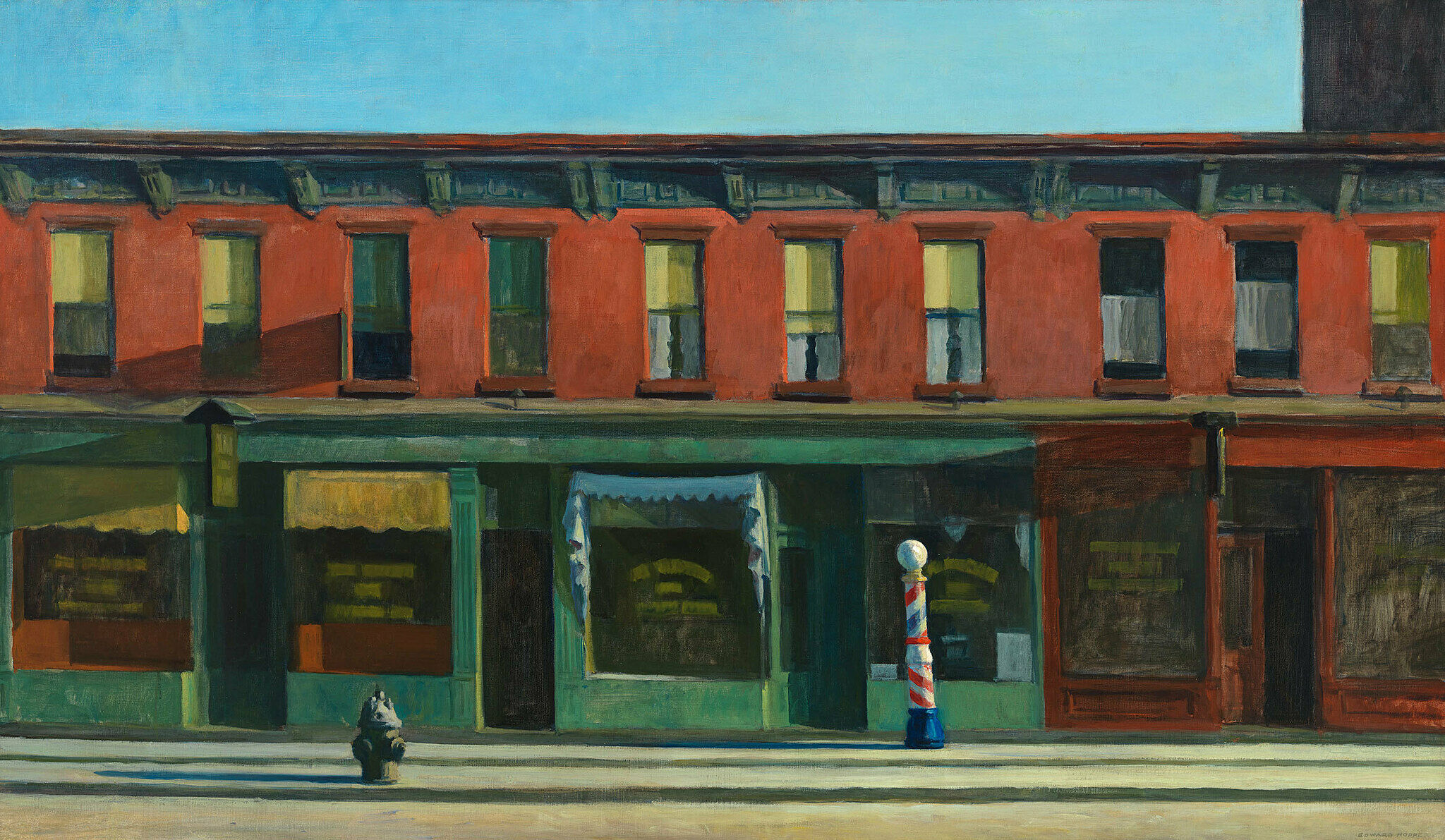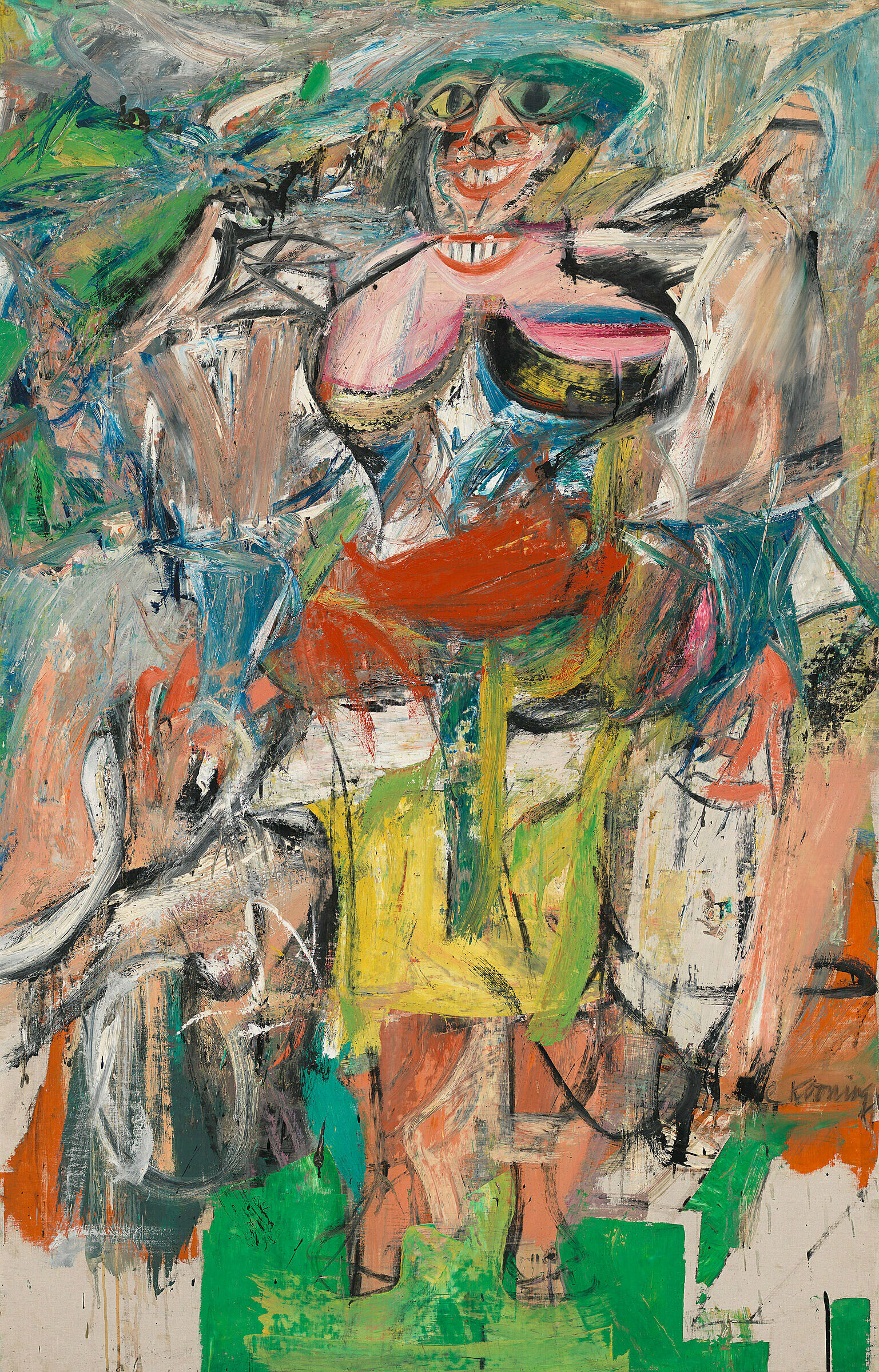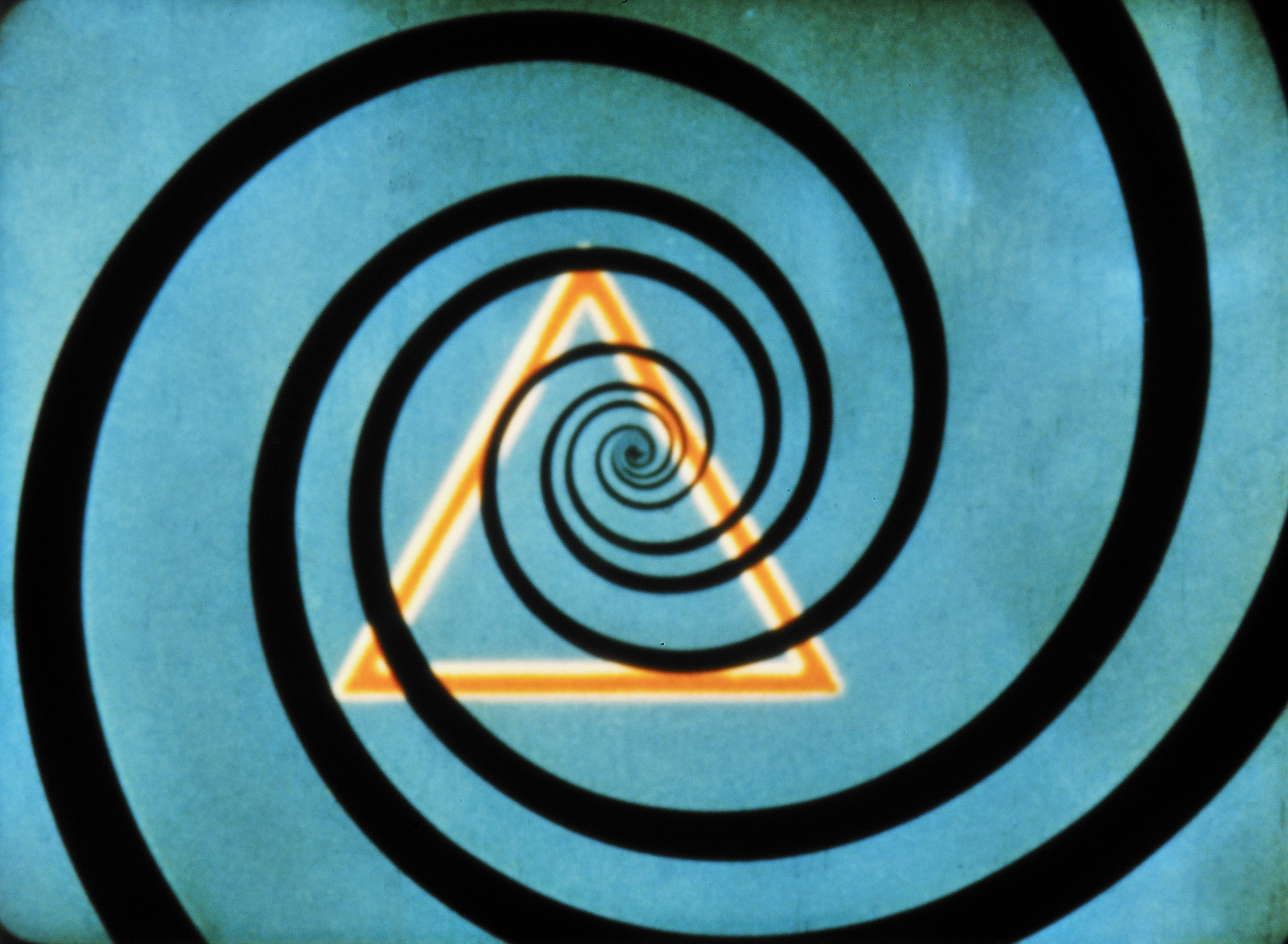Mary Ellen Bute
1906–1983
Trained as a painter at the Pennsylvania Academy of the Fine Arts in the 1920s, Mary Ellen Bute identified with the dominant concerns of the modernist avant-garde of that time: an eagerness to move toward abstraction, a desire to capture the frenetic pace of modern life, and an urge to represent movement and duration on canvas. Bute initially sought to express motion and the structures of musical composition in painted abstractions of color and light, but she soon grew disillusioned with painting and turned to film. As she explained: “I felt an overwhelming urge to translate my reactions and ideas into a visual form that would have the ordered sequence of music. . . . Painting was not flexible enough and too confined within its frame.”
It was for her “visual symphonies” that Bute ultimately gained both critical and popular acclaim. This work, her first color film, features animated shapes enacting a simple plot against the musical background of J. S. Bach’s Toccata and Fugue in D Minor. The “hero” of the story is an orange triangle that attempts to escape through a series of scrims—a swirling blue-green plane, black grids that spin and oscillate, and willowy lines that trap the triangle against the blue background. In the final frames, the protagonist escapes the patterned prison and floats balletically into a blue-and-black mist. Bute’s formally rigorous yet high-spirited films were exhibited at Radio City Music Hall during the 1930s, making them some of the most widely seen avant-garde films in the United States at the time.
Introduction
Mary Ellen Bute (November 21, 1906 – October 17, 1983) was a pioneer American film animator, producer, and director. She was one of the first female experimental filmmakers, and was the creator of some of the first electronically generated film images. Her specialty was visual music; while working in New York City between 1934 and 1958, Bute made fourteen short abstract musical films. Many of these were seen in regular movie theaters, such as Radio City Music Hall, usually preceding a prestigious film. Several of her abstract films were part of her Seeing Sound series.
Wikidata identifier
Q3296168
Information from Wikipedia, made available under the Creative Commons Attribution-ShareAlike License . Accessed January 6, 2026.
Roles
Artist, animator
ULAN identifier
500472645
Information from the Getty Research Institute's Union List of Artist Names ® (ULAN), made available under the ODC Attribution License. Accessed January 6, 2026.




